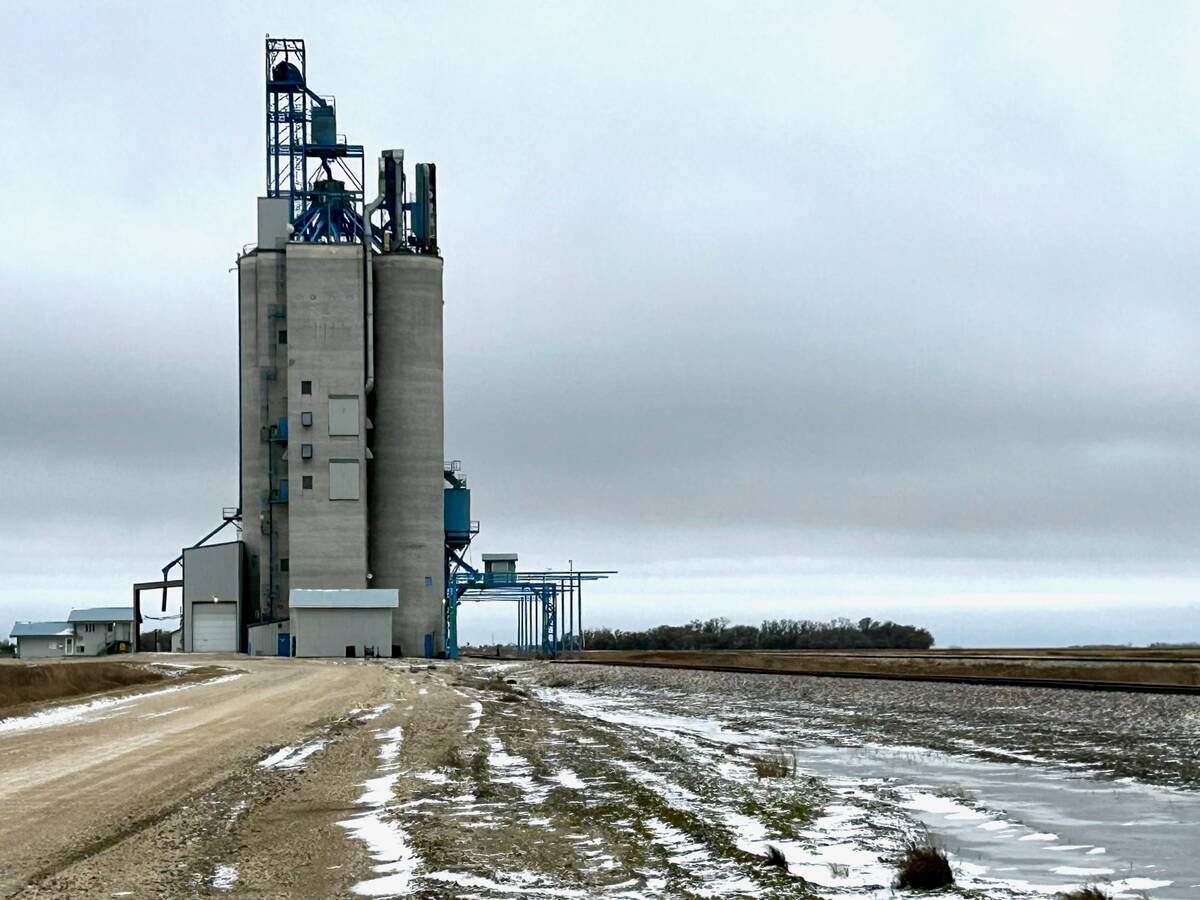The recent rise in wheat futures – up almost 10 percent in Chicago last week – might have some fundamental backing because winter wheat seeding in two key regions is running into trouble.
For months, wheat has been the weak sister of the major crops. Its price was weighed down by forecasts of more than ample supply. When prices started moving higher a few weeks ago, most believed it was tagging along behind the rise in soybeans and corn, which was triggered by the delayed harvest in the United States.
Read Also

Manitoba grain elevator ownership expands
Carman-based Linear Grain buys Fannystelle elevator from Bunge, another three elevators sold to Morden’s BP & Sons Grain and Storage Inc.
Also, the weaker U.S. dollar gave support to U.S. futures.
But wheat market psychology was still negative.
The Canadian Wheat Board, in a commentary accompanying the latest Pool Return Outlook, noted the U.S. Department of Agriculture monthly report again raised its forecast of the 2009 global wheat crop, this time to 668 million tonnes, the second largest in history.
Ending stocks for 2009-10 are expected to climb to 186.7 million tonnes, up from 166.8 million in 2008-09 and 122.1 million in 2007-08.
The stocks-to-use ratio is forecast to grow to 28.8 percent at the end of this year from the tight 19.8 percent of two years ago.
But problems are developing for 2010-11.
Ukraine is dry this fall, so dry that a large part of the seeded winter wheat crop had not germinated by early this month, prompting some analysts there to forecast the harvest next year could fall by about a third to 13 to 14 million tonnes from 20 million this year.
A report from the USDA on Oct. 21 said the situation in Ukraine was “alarmingly unfavourable” but noted winter wheat is a resilient crop that would likely benefit from recent showers.
The USDA noted that the last time Ukraine had a dry fall was 2005. When the crop came out of dormancy in April 2006 it looked poor but outstanding weather in May and June revived the crop and in the end, yields were down 10 percent from the year before but equal to the 10 year average.
USDA also said a survey of Ukrainian farmers showed that tight credit and high input costs have reduced the use of quality seed and fertilizer.
Meanwhile, rainy weather in the U.S. has delayed winter wheat seeding. The weather problems, along with the weak price and abundant supplies, are causing American farmers to say they might seed less wheat this fall.
The soft red winter wheat area is expected to see the greatest decline because farmers plant it on soybean or corn stubble and they haven’t yet harvested those crops.
Hard red spring wheat plantings in Kansas were less affected.
The USDA makes its first official statement on winter wheat acreage in January.
These seeding problems in Ukraine and the U.S. hold the potential of smaller crops in 2010, but they are not yet serious enough to propel a sustained rally.
The dominating factor is still the expectation of large carryover stocks. A sustained rally would require a surprise increase in demand and so far there is no evidence of that emerging.














